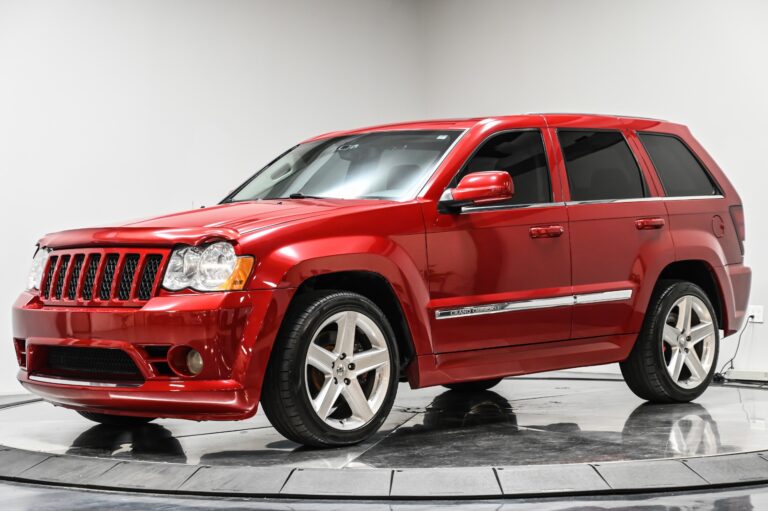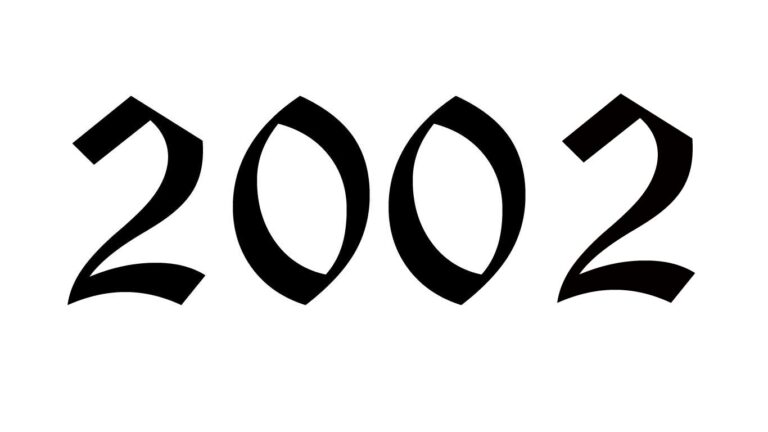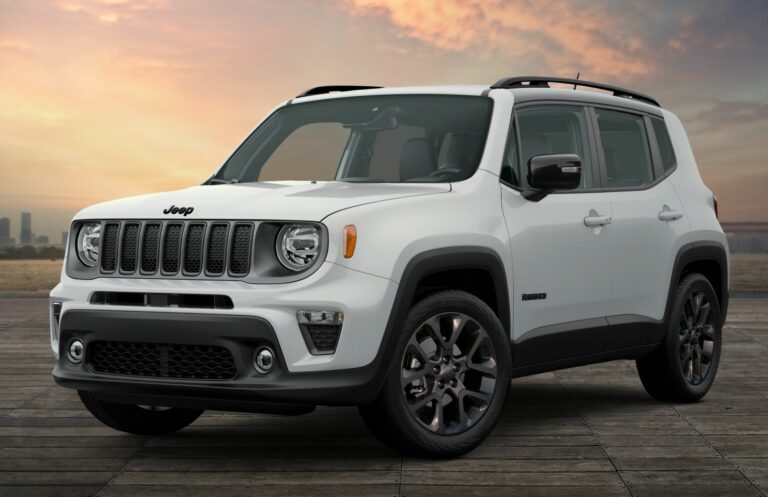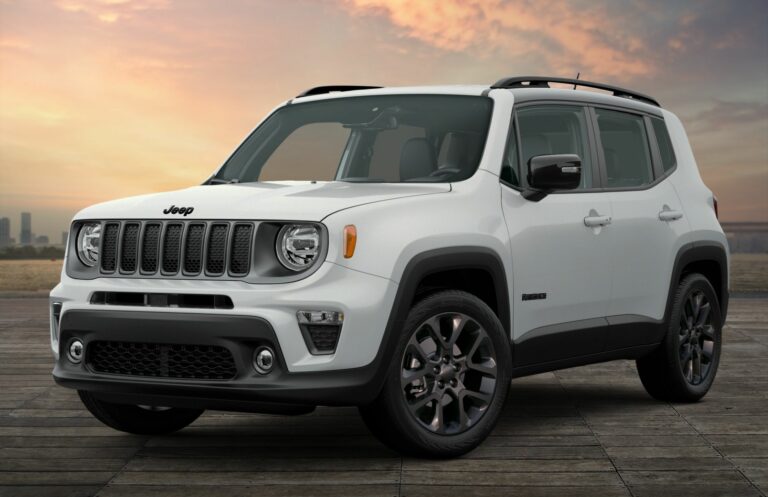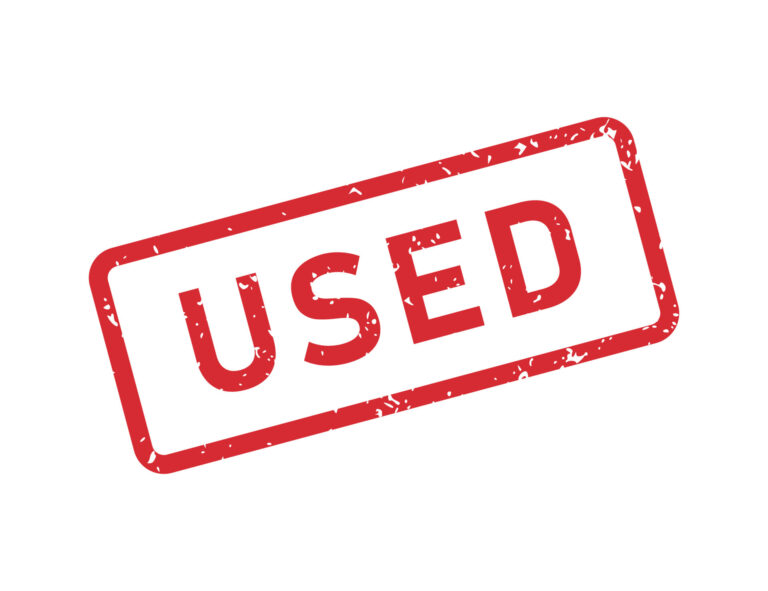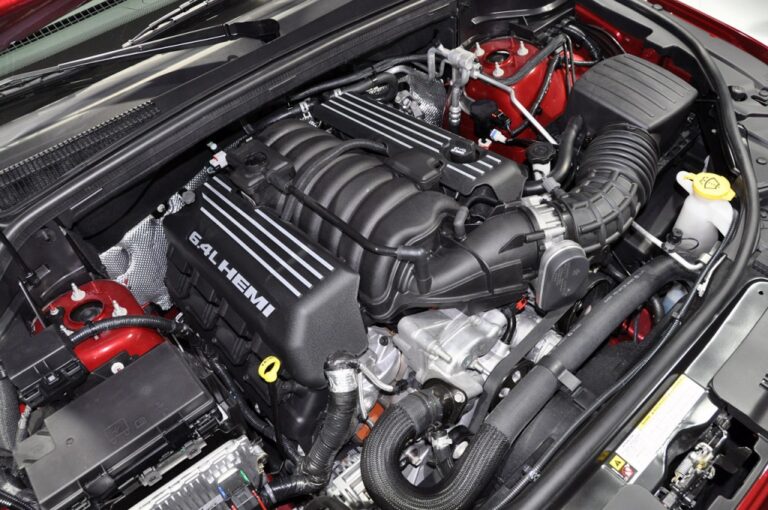Best Year For Jeep Wrangler 2 Door: Navigating the Iconic Off-Roader’s Generations
Best Year For Jeep Wrangler 2 Door: Navigating the Iconic Off-Roader’s Generations jeeps.truckstrend.com
The Jeep Wrangler, an undisputed icon of adventure and freedom, has captivated enthusiasts for decades. Its two-door variant, in particular, embodies the essence of classic Jeeping: compact, agile, and supremely capable. But for prospective buyers, the question often arises: "What is the best year for a Jeep Wrangler 2 Door?" The answer, much like the winding trails it conquers, isn’t a simple one-lane road. It depends heavily on individual priorities, budget, and intended use.
This comprehensive guide aims to navigate the various generations and specific model years of the 2-door Jeep Wrangler, helping you pinpoint the ideal year that aligns perfectly with your definition of "best." We’ll delve into the nuances of reliability, off-road prowess, daily drivability, technology, and overall value, providing you with the insights needed to make an informed decision.
Best Year For Jeep Wrangler 2 Door: Navigating the Iconic Off-Roader’s Generations
Understanding the Wrangler Lineage: A Journey Through Generations
To identify the "best" year, it’s crucial to understand the evolution of the 2-door Wrangler. While the spirit remains constant, significant changes have occurred across its primary generations relevant to modern buyers:
-
Jeep TJ (1997-2006): The Analog Sweet Spot
- Known for its return to round headlights (after the YJ’s square ones) and the introduction of coil spring suspension, providing a significantly improved ride over its leaf-sprung predecessors.
- Features the legendary 4.0L inline-six (I6) engine, widely lauded for its bulletproof reliability and ample low-end torque.
- Considered by many purists as the last "true" analog Wrangler, less burdened by complex electronics.

-
Jeep JK (2007-2018): Modernization and Growth

- Marked a significant departure with a larger footprint, more refined interior, and improved safety features.
- Initially came with the 3.8L V6 engine (2007-2011), which was often criticized for being underpowered and prone to oil consumption issues.
- A major turning point occurred in 2012 with the introduction of the 3.6L Pentastar V6 engine, dramatically improving power, efficiency, and overall drivability.
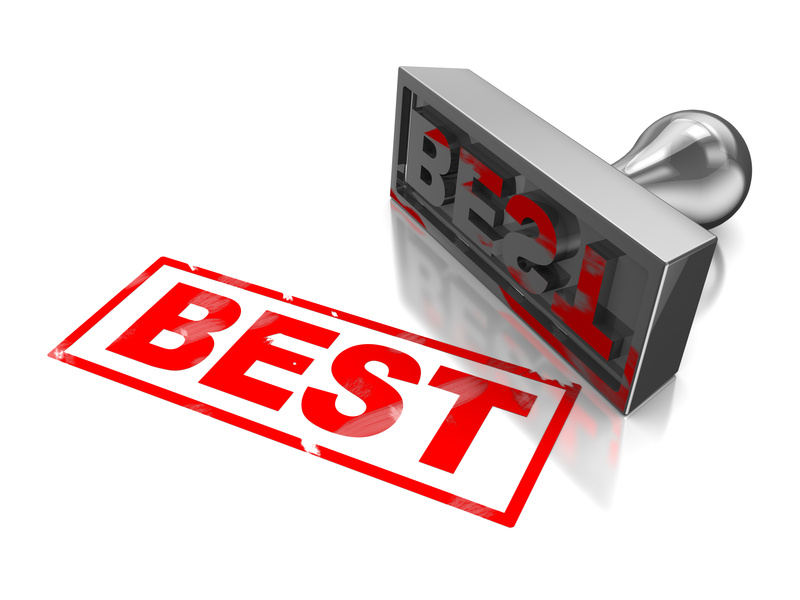
-
Jeep JL (2018-Present): Refinement and Technology
- The most current generation, offering the most comfortable ride, advanced technology (Uconnect infotainment, driver-assist features), and a wider array of engine options.
- Features a lighter, more aerodynamic design, contributing to better fuel economy.
- The most expensive option, both new and on the used market.
Key Criteria for Determining Your "Best" Year
Before declaring a specific year superior, evaluate these factors against your personal needs:
- Reliability & Durability: How long do you expect it to last? What are common issues for certain years?
- Off-Road Capability (Stock & Modified): Are you a weekend warrior or a hardcore rock crawler? What factory features (e.g., locking differentials, sway bar disconnect) are important?
- Daily Drivability & Comfort: Will this be your primary vehicle? How important are ride quality, cabin noise, and creature comforts?
- Technology & Safety Features: Do you need modern infotainment, airbags, and stability control, or are you comfortable with a more basic setup?
- Aftermarket Support & Customization: While abundant for all Wranglers, some generations have more mature and diverse aftermarket options.
- Cost of Ownership: This includes not just the purchase price, but also fuel economy, insurance, and potential maintenance/repair costs.
- Engine Performance: Power, torque delivery, and fuel efficiency vary significantly across engines and years.
Contenders for the "Best Year" Title
Based on the criteria above, several years and generations consistently emerge as strong contenders for the 2-door Wrangler:
The Analog Purist’s Pick: 2004-2006 Jeep Wrangler TJ (with 4.0L I6)
- Why it’s "Best": These years represent the pinnacle of the TJ generation. You get the robust 4.0L inline-six engine, known for its longevity and low-end grunt, paired with a coil-spring suspension that vastly improved ride quality over the YJ. They offer a simple, mechanical driving experience, less reliant on complex electronics, making them easier and often cheaper to maintain for the DIY enthusiast. The compact size makes them incredibly agile on tight trails. The Rubicon trim introduced in 2003 offered factory Dana 44 axles, front and rear lockers, and a 4:1 low-range transfer case, making it an off-road beast straight from the factory.
- Considerations: Older design means fewer modern safety features, less refined interior, and potential for rust, especially on the frame. Fuel economy is not a strong suit.
The Modern Sweet Spot: 2012-2017 Jeep Wrangler JK (with 3.6L Pentastar V6)
- Why it’s "Best": This era of the JK is arguably the sweet spot for many. The introduction of the 3.6L Pentastar V6 engine in 2012 was a game-changer, providing significantly more power (285 hp vs. 202 hp of the 3.8L) and better fuel efficiency. The interior received a much-needed refresh in 2011, making it more comfortable and modern. These years offer a good balance of modern amenities, improved safety, and robust off-road capability, with an enormous aftermarket support. They are more refined for daily driving than the TJ but still retain the quintessential Wrangler feel.
- Considerations: While better than the 3.8L, the 3.6L can still have some minor issues (e.g., cylinder head issues in early models, but largely resolved by 2014). They are larger than the TJ, which can be a drawback on very tight trails.
The Tech-Forward Adventurer: 2019-2022 Jeep Wrangler JL
- Why it’s "Best": If budget allows and you prioritize modern technology, comfort, and a refined driving experience, the later model JLs are excellent. They offer multiple advanced engine options (including the efficient 2.0L turbo and the potent 3.6L with eTorque mild-hybrid system), vastly improved interiors, and a suite of active safety features. The JL is the most comfortable and quietest Wrangler for daily driving, while still maintaining incredible off-road prowess. The removable roof and doors are even easier to operate.
- Considerations: Higher purchase price (even used), more complex electronics can mean higher repair costs, and some initial teething issues in the 2018 model year were largely ironed out by 2019.
Practical Advice and Actionable Insights
- Define Your Purpose: Are you commuting daily, hitting light trails, or tackling serious rock crawling? Your primary use case will heavily influence the "best" year.
- Set a Realistic Budget: This isn’t just the purchase price. Factor in insurance, fuel, and potential maintenance/modification costs. Older Jeeps might be cheaper upfront but could require more immediate repairs.
- Prioritize Features: Make a list of must-have features (e.g., air conditioning, power windows, locking differentials, specific engine).
- Inspect for Rust: This is critical for any used Wrangler, especially older TJs and JKs. Check the frame, body mounts, and suspension components thoroughly.
- Get a Pre-Purchase Inspection (PPI): Even if you’re mechanically inclined, have a trusted independent mechanic (preferably one familiar with Jeeps) inspect any potential purchase.
- Test Drive Extensively: Pay attention to steering feel, brake performance, engine noise, and transmission shifts. Test it on different road types if possible.
- Review Service Records: A well-maintained vehicle is almost always a better buy, regardless of year.
- Understand Modifications: Many Wranglers are modified. Ensure any modifications (especially lift kits, larger tires) were done professionally and don’t negatively impact safety or reliability.
Price Guide: Estimated Used Market Values for Best Years (2-Door Wrangler)
Please note: Prices are highly variable based on condition, mileage, trim level (Sport, Sahara, Rubicon), geographic location, and current market demand. These are rough estimates for well-maintained examples.
| Year Range | Generation | Key Features/Engine | Pros | Cons | Typical Used Price Range (USD) |
|---|---|---|---|---|---|
| 2004-2006 | TJ | 4.0L I6, Coil Springs, Dana 44s (Rubicon) | Legendary reliability, simple, highly capable, compact size | Older tech, potential rust, less refined ride, lower safety | $10,000 – $25,000 |
| 2012-2017 | JK | 3.6L Pentastar V6, improved interior, modern amenities | Strong engine, good daily driver balance, vast aftermarket | Larger than TJ, earlier 3.6L concerns (minor), still somewhat raw | $15,000 – $30,000 |
| 2019-2022 | JL | 2.0L Turbo/3.6L eTorque, advanced tech, refined interior | Most comfortable, modern features, multiple engine options, safer | Highest price point, more complex systems, higher repair costs | $28,000 – $45,000+ |
Note: Rubicon models, low mileage, and well-maintained vehicles will command prices at the higher end or even exceed these ranges.
Frequently Asked Questions (FAQ) about Best Year For Jeep Wrangler 2 Door
Q: What is the most reliable 2-door Wrangler year?
A: The 2004-2006 TJ with the 4.0L inline-six engine is often cited as the most reliable due to its simple, robust powertrain. Among JKs, the 2012-2017 models with the 3.6L Pentastar engine are also very reliable, especially post-2013.
Q: Which year has the best fuel economy for a 2-door Wrangler?
A: The Jeep Wrangler JL, particularly those equipped with the 2.0L turbocharged engine, offers the best fuel economy.
Q: Is the 3.8L engine in early JK models (2007-2011) really that bad?
A: While not "bad" in terms of leaving you stranded, the 3.8L V6 is generally considered underpowered for the JK’s weight and can be prone to oil consumption issues. It’s significantly less refined and less powerful than the later 3.6L Pentastar.
Q: What’s the difference between a Sport, Sahara, and Rubicon trim, and how does it affect the "best year"?
A:
- Sport: The base model, offering essential Wrangler capability. Great for those who want to build their own custom rig.
- Sahara: More focused on comfort and aesthetics, with body-colored fenders, upgraded interiors, and more features for daily driving. Less common on 2-door models in later years.
- Rubicon: The off-road king, featuring factory enhancements like heavy-duty Dana 44 axles, electronic locking differentials (front and rear), electronic sway bar disconnect, and a lower crawl ratio transfer case. If serious off-roading is your priority, a Rubicon from any generation (especially TJ, JK 2012+, or JL) is often the "best" choice.
Q: Should I buy a modified Wrangler?
A: It depends. A properly modified Wrangler can save you money on upgrades. However, poorly installed modifications can lead to serious issues (e.g., steering problems, premature wear, safety hazards). Always have a modified Wrangler inspected by a mechanic specializing in Jeeps to ensure the modifications were done correctly and safely.
Q: What’s the best year for off-roading straight from the factory?
A: Any Rubicon model is designed for serious off-roading right off the lot. The JL Rubicon, in particular, offers the most advanced factory off-road technology and capability.
Conclusion: Your Best Year Awaits
Ultimately, the "best year for a Jeep Wrangler 2 Door" is a deeply personal choice. There’s no single answer that fits all. For the purist seeking simplicity, reliability, and classic off-road prowess, a late-model TJ (2004-2006) with the 4.0L engine might be your ideal. If you desire a balance of modern amenities, improved daily drivability, and strong performance without breaking the bank, the 2012-2017 JK with the 3.6L Pentastar is an exceptional contender. And for those who prioritize the latest technology, comfort, and refinement, combined with ultimate capability, a newer JL (2019-2022) is undoubtedly the front-runner.
By carefully considering your budget, intended use, and desired features, and by following our practical advice, you can confidently navigate the exciting world of 2-door Jeep Wranglers and find the perfect year that truly is "best" for you. Happy Jeeping!

